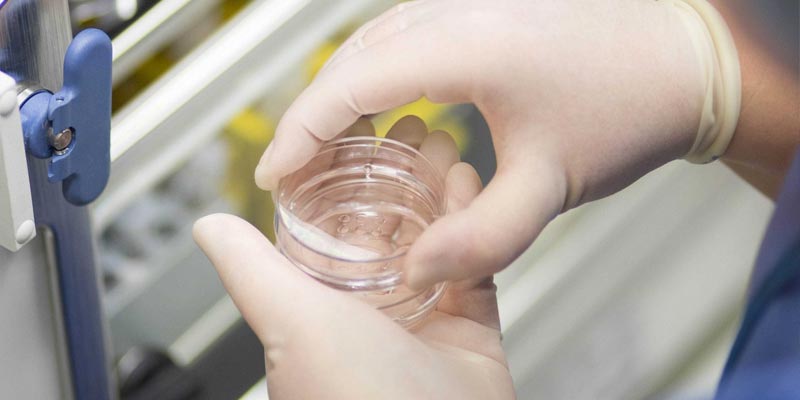In Vitro Maturation (IVM)

Oocyte in vitro maturation (IVM) is an assisted reproductive technology in which oocytes are retrieved from the antral follicles of unstimulated or minimally stimulated ovaries. IVM of human oocytes has emerged as a promising procedure to treat infertility. This new technology has a few advantages over controlled ovarian stimulation such as reduction of costs, simplicity, and elimination of ovarian hyperstimulation syndrome. By elimination or reduction of gonadotropin stimulation, IVM offers eligible infertile couples a safe and convenient form of treatment, and IVM outcomes are currently comparable in safety and efficacy to those of conventional in vitro fertilization. IVM has been applied mainly in patients with polycystic ovary syndrome or ultrasound-only polycystic ovaries, but with time, the indications for IVM have expanded to other uncommon situations such as fertility preservation, as well as to normal responders.
Since its introduction in the 1990s, in vitro maturation (IVM) has emerged as an attractive treatment for infertility.
Early experience with IVM produced limited success, but advances in IVM protocols and improvements in maturation methods, as well as culture media, have led to good pregnancy rates in appropriately selected patient groups.
IVM has the potential to substitute for, or at least be an adjuvant to, standard in vitro fertilization (IVF) protocols for several reasons. Requiring no or very little gonadotropin supplementation in vivo, IVM has been proposed as an alternative assisted reproduction technology (ART) approach to reduce important drawbacks of controlled ovarian stimulation (COS), such as the cost and inconvenience of injectable gonadotropin therapy.
For patients undergoing IVM, the risk of ovarian hyperstimulation syndrome (OHSS) is virtually eliminated.
In SURAT we provide the best treatment for IVM.
